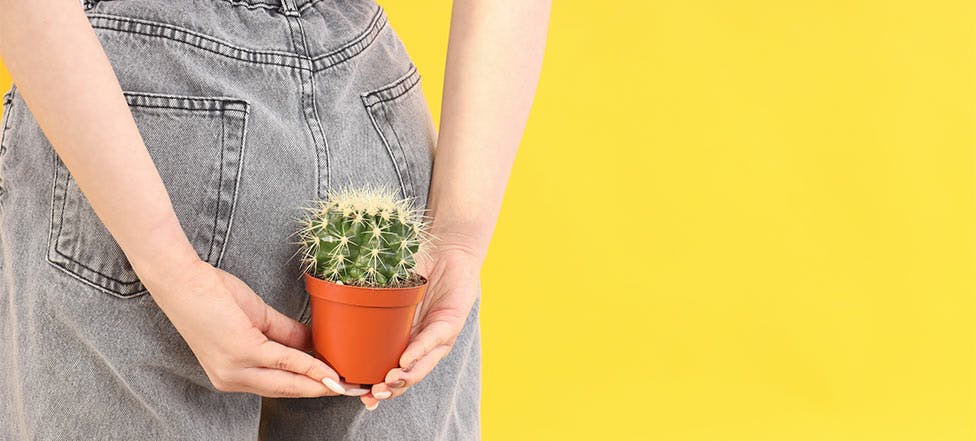Unlike most instances of piles, symptomatic hemorrhoids are often a chronic condition - they unfortunately don’t just go away. If you have this condition, you’ll experience occasional flare-ups, causing pain, itching, irritation, burning, and sometimes bleeding.
Don’t worry: when you experience a flare-up, you can turn to Preparation H and some simple, at-home treatments to ease your symptoms. Most hemorrhoid flare-ups will go away after 7 days of home treatment. Read on to learn several ways you can get hemorrhoid relief without visiting your doctor.
HOME REMEDIES FOR HEMORRHOIDS
- Use topical treatments
Over-the counter products like Preparation H can provide relief for many symptoms of hemorrhoidal discomfort, including pain, burning, and itching. You can find the right treatment for you with our Relief Finder. - Soak in warm water
To soothe symptoms and reduce the risk of flare-ups, soak the anal area in warm water or try a sitz bath, sitting on a folded bath towel in a tub with a few inches of warm water for 15 minutes. Avoid soap as it may aggravate your flare-up. Afterward, gently pat the area dry. - Avoid dry toilet paper if it causes irritation
If dry toilet paper is irritating, you can gently clean the area with Preparation H Soothing Wipes up to 6 times a day or after each bowel movement. They’re flushable and provide gentle cleansing relief at home or on-the-go. - Use a cushion
Cushions can help relieve hemorrhoidal pressure, particularly if you need to sit for extended periods of time. You can buy ring cushions that look like donuts which allow you to sit down without aggravating your hemorrhoids. - Apply a cold or moist compress
To reduce swelling, apply a cold compress or ice packs wrapped in a towel directly to the external area for up to 10 minutes. Or, you can use Preparation H Soothing Wipes as a moist compress by placing the wipe in contact with the anal area for up to 15 minutes. Repeat as needed. - See your doctor
If your symptoms are severe or not getting better, it’s time to consult your doctor. If you don’t see any improvement in your piles after 7 days of treating them at home, be sure to make an appointment.
HOW DO HEALTHCARE PROVIDERS TREAT HEMORRHOIDS?
Medical piles treatment depends on the severity of the hemorrhoids and whether they are internal or external. Surgery for piles isn’t usually necessary, but if you suffer with large hemorrhoids or they don’t respond to other treatments, it is an effective option.
EXTERNAL HEMORRHOID TREATMENT
- Hemorrhoidectomy: a surgeon cuts out and removes large external hemorrhoids under anesthesia.
- External hemorrhoid thrombectomy: if your piles develop blood clots (called thrombosed hemorrhoids), they can become painful. In this case, hemorrhoid surgery might be the best treatment. Your doctor can cut off your external piles after giving you some local anesthesia.
INTERNAL HEMORRHOID TREATMENT
- Hemorrhoid banding: also called rubber band ligation, small rubber bands are tied around internal hemorrhoids using a tool called a ligator. The bands cut off the blood supply and cause the hemorrhoids to die and fall off.
- Hemorrhoid stapling: stapling, or stapled hemorrhoidopexy, is where internal piles are stapled to block blood flow so they will die, similar to banding.
- Coagulation: laser, heat, or infrared light are applied to small internal hemorrhoids which cause them to harden and wither. This procedure is minimally invasive and usually doesn’t cause much discomfort afterwards.

.png?auto=format)

